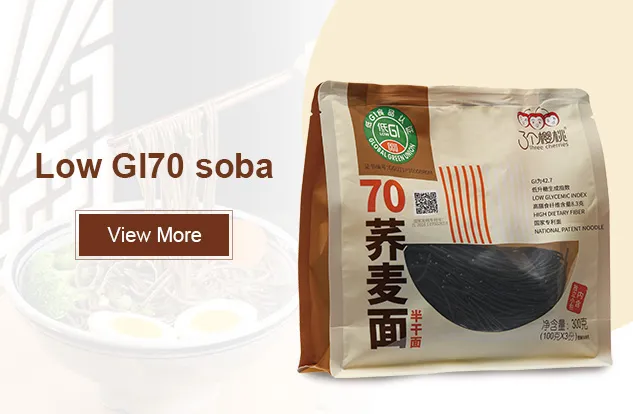fresh udon noodles
The Delightful World of Fresh Udon Noodles
When it comes to Japanese cuisine, few dishes evoke the same level of comfort and satisfaction as a hearty bowl of udon noodles. Thicker than their pasta counterparts, these chewy, soft noodles hold a special place in the hearts of many food lovers. Fresh udon noodles, in particular, stand out for their exceptional texture and flavor, making them a beloved staple both in Japan and around the globe.
Udon is traditionally made from just three simple ingredients wheat flour, water, and salt. This simplicity is part of what makes fresh udon so appealing. The process of making these noodles can be an art in itself. It begins with mixing the ingredients to form a dough, followed by an essential step known as kneading. This kneading not only combines the ingredients but develops gluten, which is vital for achieving the perfect chewy texture characteristic of udon.
Once the dough is kneaded to the right consistency, it is allowed to rest. This resting period allows the gluten to relax, which is crucial for rolling the dough out into flat sheets. After resting, the dough is rolled out to the desired thickness and then cut into wide noodles. Fresh udon noodles are typically around 4 to 6 millimeters wide, though they can vary depending on regional styles or personal preference.
The freshness of udon noodles is what sets them apart from dried varieties. Fresh noodles have a delightful springiness that cannot be replicated. When cooked, they retain a savory wheat flavor that enhances the overall dish. Fresh udon can be served in various ways, whether in a hot, steaming broth or chilled with a dipping sauce, showcasing their versatility.
fresh udon noodles

One of the most popular ways to enjoy udon is in a comforting bowl of udon soup. The broth, often made from dashi (a savory broth typically made from bonito flakes and seaweed), complements the noodles perfectly. Toppings such as scallions, tempura, kamaboko (fish cake), and mushrooms are frequently added to enhance the dish. Each bite is a balance of textures and flavors, with the chewy noodles soaking up the rich, umami broth.
In recent years, the global appreciation for fresh udon has surged, leading to creative interpretations worldwide. Chefs have begun to experiment with different flavors and ingredients, incorporating everything from truffle oil to seasonal vegetables. This innovative approach allows fresh udon to transcend its traditional boundaries while maintaining its essence.
Preparing fresh udon noodles at home has also become a popular trend among culinary enthusiasts
. With just a few basic ingredients and some patience, anyone can create delicious, handmade udon. The process can be incredibly satisfying, allowing cooks to connect with the essence of Japanese cuisine. The ability to customize the noodles according to personal taste—whether adjusting the thickness or experimenting with flours—adds to the experience.Moreover, fresh udon is not just a dish; it symbolizes comfort and tradition in Japanese culture. Many families have their own unique recipes and methods, passed down through generations. This cultural significance is especially evident during special occasions and family gatherings, where a warm pot of udon brings everyone together.
In conclusion, fresh udon noodles are more than just a culinary staple; they are a source of joy and nourishment, bridging people and cultures. Whether enjoyed in a traditional setting or reimagined in modern cuisine, the its chewy texture and delightful flavor continue to captivate palates around the world. So the next time you’re in the mood for a warm, comforting meal, consider reaching for a bowl of fresh udon—where simplicity meets culinary artistry in perfect harmony.
-
Unleash Your Inner Chef with Delectable Italian Pasta CreationsNewsAug.01,2025
-
Savor Health and Flavor: Irresistible Soba Noodles for Sale Await!NewsAug.01,2025
-
Nourish Your Body with Premium Organic Ramen - A Culinary Delight AwaitsNewsAug.01,2025
-
Elevate Your Dishes with Our Exquisite Kinds of Egg NoodlesNewsAug.01,2025
-
Dive into Flavorful Convenience with Our Ramen OfferingsNewsAug.01,2025
-
Discover Exquisite Types of Naengmyeon and Chilled Soba NoodlesNewsAug.01,2025
-
Is Whole Wheat Pasta Healthy?NewsMay.30,2025
Browse qua the following product new the we

















































































































